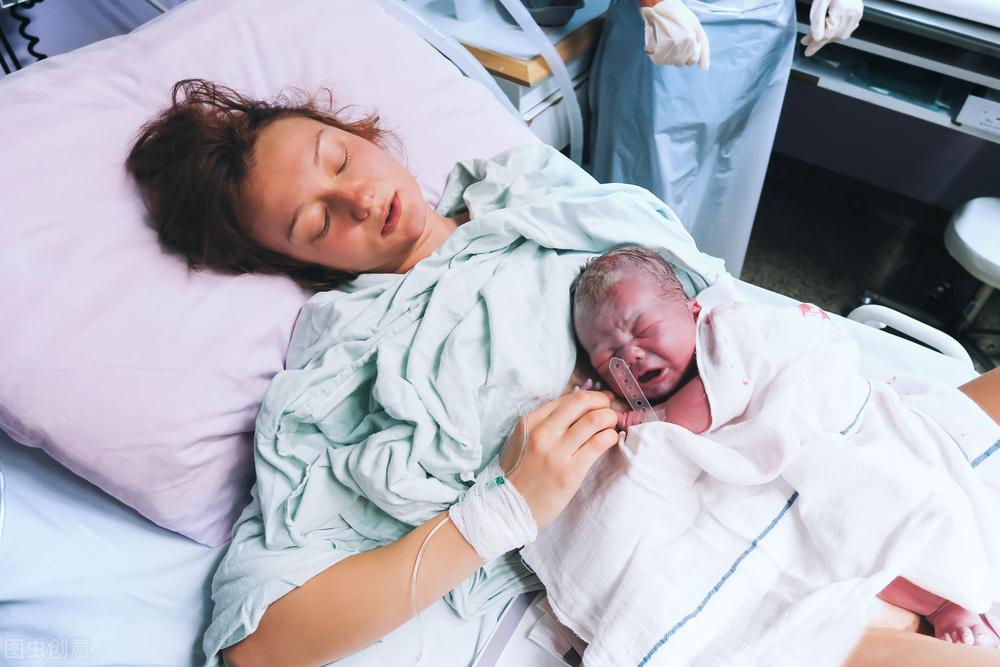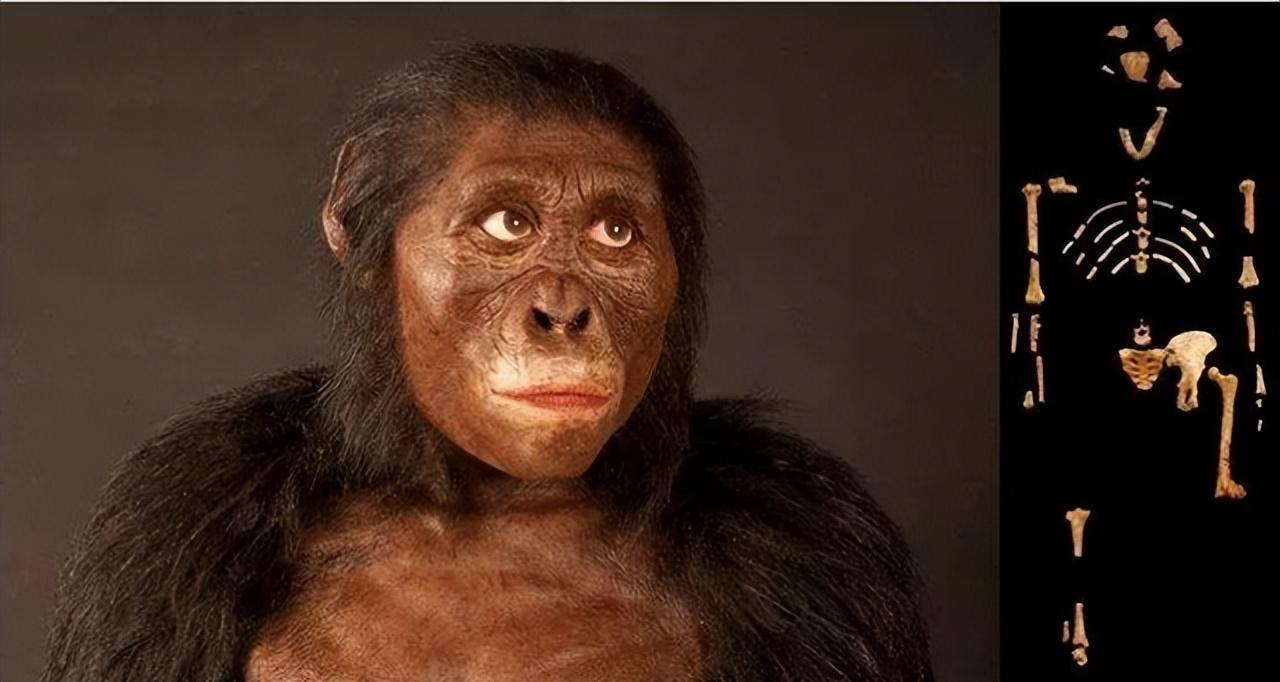Having children is an animal physiological instinct of human beings. The reproduction and evolution of human beings are guaranteed by the continuation of offspring. "Pregnancy in October, childbirth in one day" is the natural reproduction law of the human body.
But humans are the few creatures on earth that have dystocia. Even if there is no dystocia, the pain and danger of human childbirth are the highest among all creatures. For most animal mothers, childbirth is an easy task, just like a hen laying an egg.

In fact, according to excavated fossils, humans have been facing childbirth difficulties for at least 3 million years ago. Why did this happen? Scientists have found that this is the price of human females walking upright.
Human women change pelvic structure in order to walk upright
The head of most baby animals is narrower than the mother's birth canal, so animals usually don't have much difficulty giving birth. Humans, on the other hand, evolved to get bigger and bigger in order to achieve higher intelligence.
In human females, the structure of the pelvis has also changed in order to walk upright. The pelvic band of primates consists of three main parts: the blade-like skeleton, called the ilium, which fanned out to form the hips, and the ilium There are two tube-like fused bones below the ilium, called the pubic and sciatic bones, which form the birth canal. The ilium of great apes is relatively long, can lie flat on the back of the animal, and the birth canal is relatively narrow. These pelvic patterns have emerged in early human ancestors, such as the ground ape ancestors 4.4 million years ago, who had slightly lengthened ilium bones and are thought to walk on two feet at least occasionally.

In humans, the ilium is shorter and rounder than in apes, curved and recessed to the left and right sides of the body. Has started to form a bowl-shaped structure. It is good for support and muscle growth. The human remodeled ilium provides a point of attachment for the muscle, which can fully carry our weight. Makes upright walking more stable.
In addition, the upper and lower diameters of the human pelvis have shrunk, the ligaments have been strengthened, the anterior and posterior walls have converged vertically with each other, and the female birth canal has become narrower. In addition, human beings are originally big-headed dolls, so human female childbirth is a very painful and dangerous thing.

The change in the structure of the pelvis has also made the birth canal of human females narrow and distorted. Among all living things on earth, only the product of human females is narrow and distorted. In general, the upper part or entrance of the birth canal in human women is circular and horizontally (from left to right) oval, which is considered ideal for childbirth, but the lower part of the birth canal in human women is distinctly longitudinal (front to back) oval, This twisted structure usually requires the fetus to rotate its body as it passes through a narrow birth canal.

Human babies are born prematurely to adapt
In fact, in order to reduce the risk of childbirth for the mother, human babies are all born prematurely. Humans need to raise the baby to more than 1 year old before its development level is similar to that of the newborn chimpanzee. Therefore, scientists believe that human babies need to develop in the mother's belly for 18-21 months to be considered mature, which is also a true full term.
But if the baby develops in the mother's belly for 18 months, it cannot be properly born. In fact, human women have worked hard to evolve, so that the opening of the pelvis has been enlarged to accommodate the increase of the baby's brain; however, the opening of the pelvis The increase is limited, and it is restricted by the movement of walking upright on two legs; when the brain volume of a newborn is the current average of 385 milliliters (about 1/3 of that of an adult), the opening of the human pelvis has actually reached its limit., so this is why human babies will give birth in October.

In addition, in order to be able to pass through the birth canal, the healing of human babies is delayed, and we can see that some babies have deformed heads after passing through the birth canal, but that doesn't matter, because the baby's seams are not healing.
The frontal suture (metopic suture) is also a frontal middle suture, which divides the frontal bone into left and right parts, from the root of the nose to the coronal suture. When a child is about two years old, the frontal suture begins to heal from the root of the nose, splicing the two parts of the frontal bone together like a zipper. From newborn to adulthood, human brain volume triples.
Brain size is not only related to intelligence, but also to important events in life history, such as age at weaning, age of sexual maturity, gestation, and lifespan. Compared with animal species with smaller brains, species with larger brains are associated with later infant weaning, later sexual maturity, longer gestation periods, and longer individual lifespans.

The human growth cycle is unique
It is also precisely because human infants do not develop enough time in the mother's body that the human growth cycle is also unique. Compared with other animals, babies are weak and helpless when they are first born from the mother (because they do not develop to term). During growth, they must go through a long period of childhood, followed by a sudden acceleration of growth through adolescence, when their height increases at an alarming rate. Among existing mammals, humans are the only one to experience this phenomenon; most mammals, including apes, move from infancy almost directly into adulthood.
In conclusion, human women have changed their pelvic structure in order to gain the ability to walk upright, and the sequelae are that they will face difficulties in childbirth. And in order to adapt to the changes in the pelvic structure of human women, human babies have also made their own changes.

In fact, after humans stood up and walked upright, the most obvious result was the liberation of the forelimbs, including the hands. This gradually formed labor, and gradually, the division of labor in human society formed a model in which men went out to hunt or gather food, and women stayed at home to take care of children, which greatly improved the survival rate of human offspring. It can be said that walking upright is the basis for the formation of human civilization.
